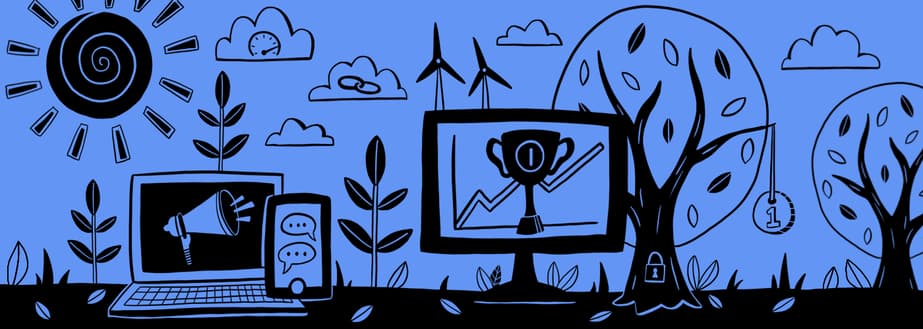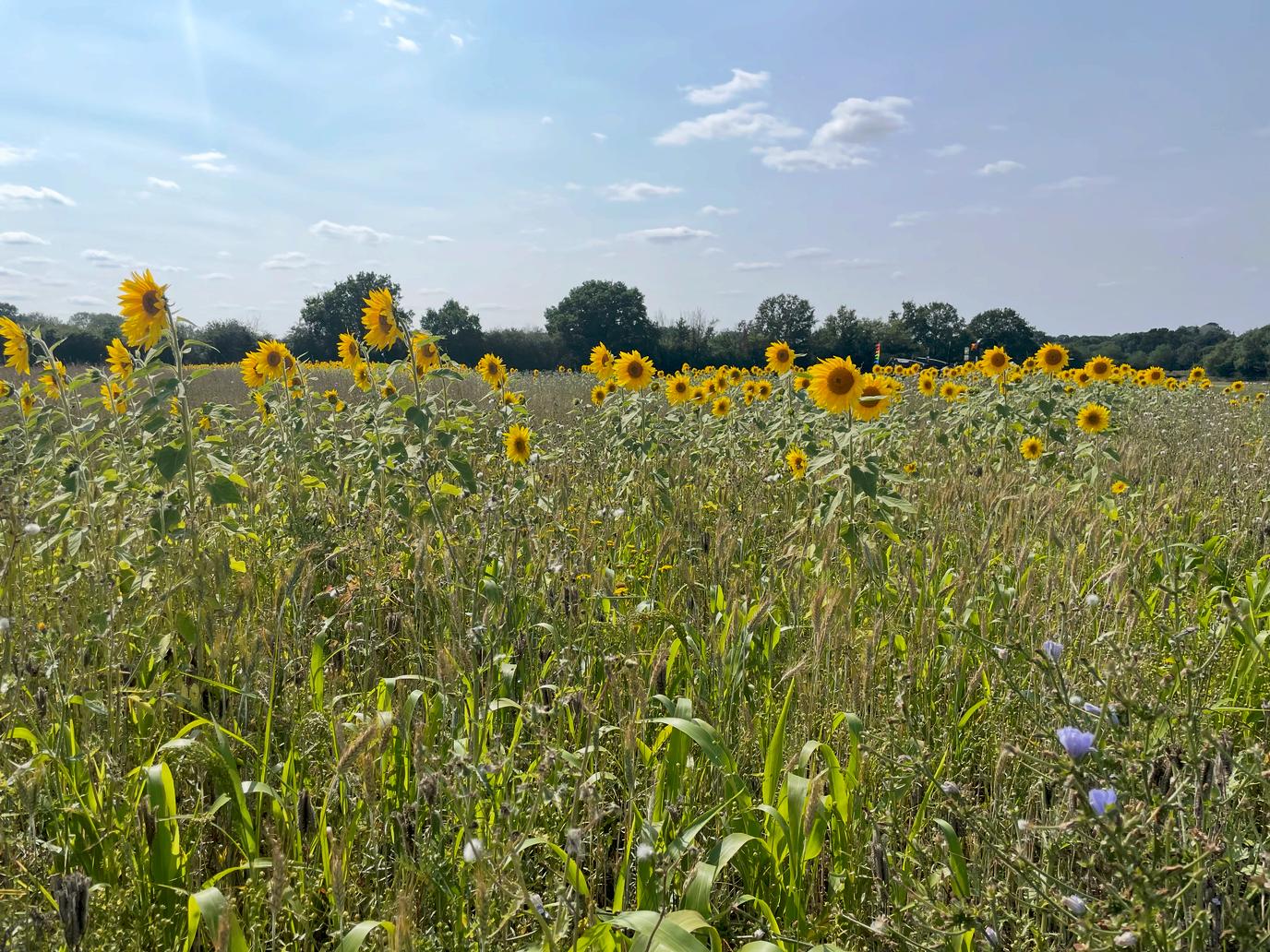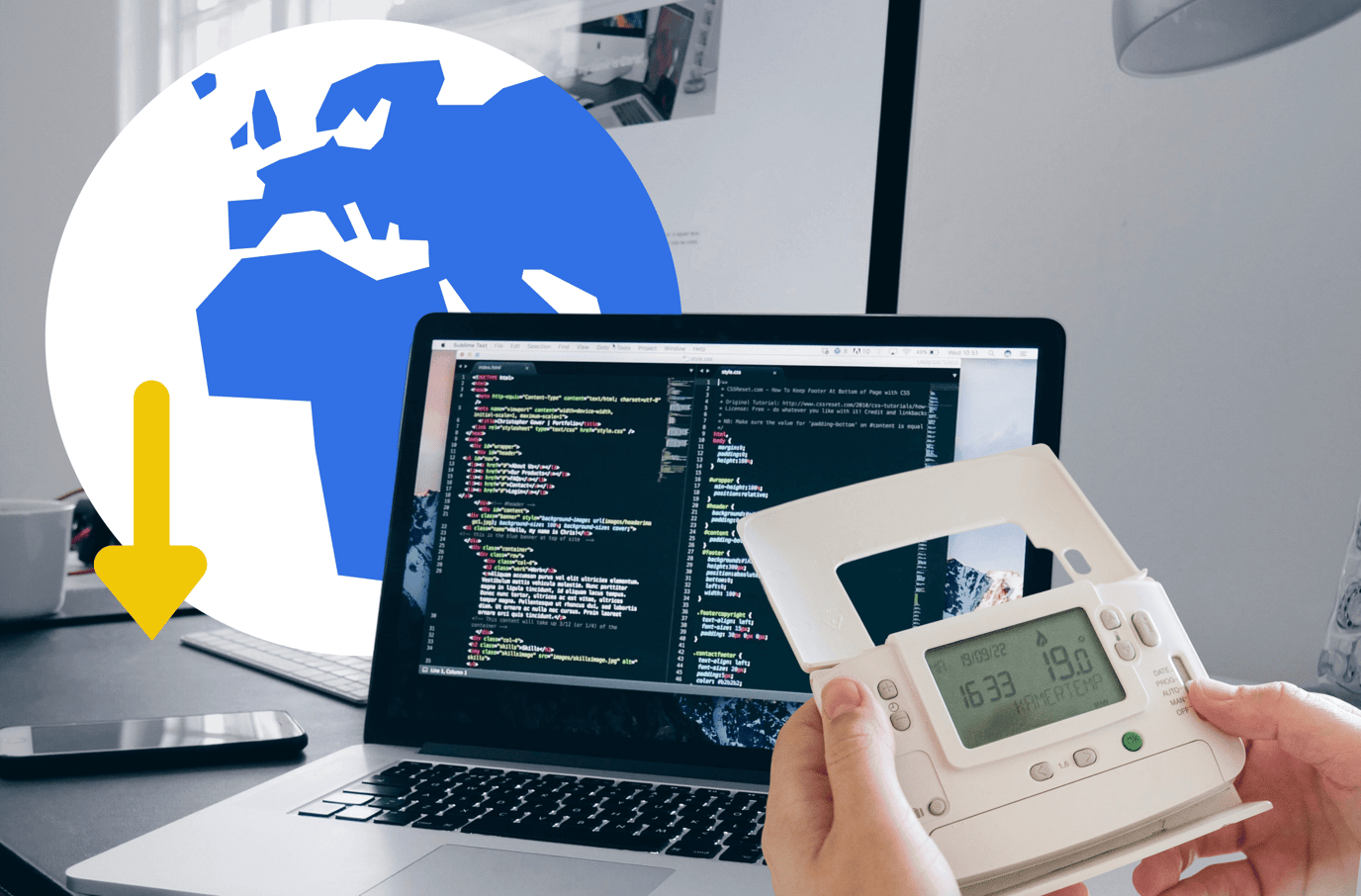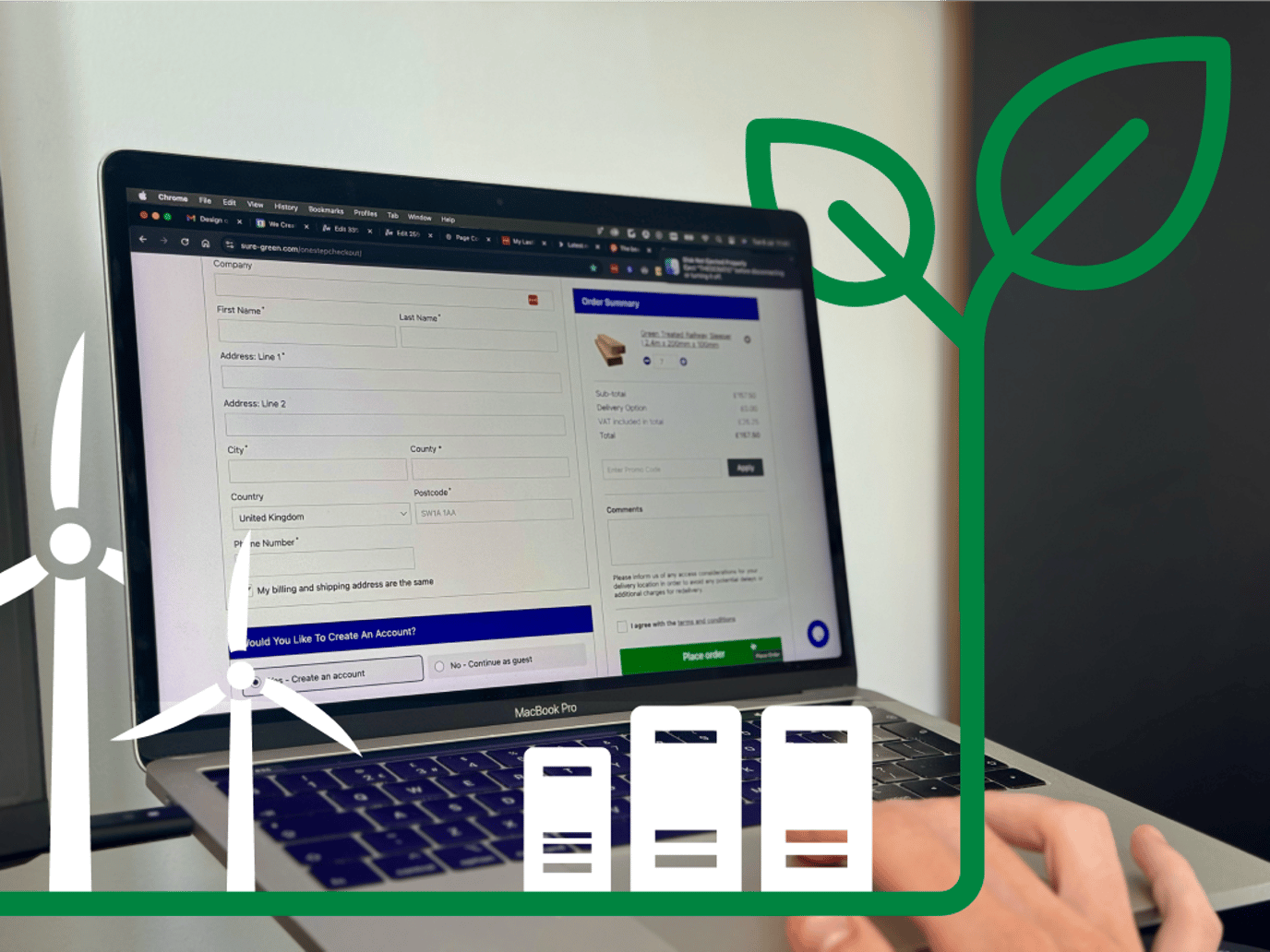Follow our top ten steps to improve the carbon footprint of your WordPress website.

As the internet grows, so does its environmental impact. Websites rely on data centres, servers and devices that consume vast amounts of energy. This is why it is important to do what you can to make your WordPress site more sustainable. The good news is, there are some easy steps that require just a few quick tweaks.
Take a look at the following 10 actionable steps you can take to reduce your website’s carbon footprint.
1. Switch to a clean hosting provider
If your hosting provider relies on fossil fuels, consider switching to a more sustainable host that runs on renewable or clean energy. We offer eco-friendly hosting options without sacrificing performance.
2. Optimise your images
Large images slow down your site and increase energy consumption. Use free plugins or websites to compress images without losing quality. Aim for WebP format, which provides smaller file sizes than JPEG and PNG.
3. Enable lazy loading
Lazy loading prevents images and videos from loading until they’re needed, reducing the amount of data transferred. You can enable this in WordPress by going to Settings > Media or using a plugin. Just bear in mind number 7 on this list!
4. Reduce external scripts
Third-party scripts like social media widgets, tracking codes and ads increase load times and energy use. Remove any that aren’t essential, and use local hosting for fonts and icons instead of loading them from external sources.
5. Minimise and combine files
Reduce the size of your website’s CSS, JavaScript and HTML files. This decreases the energy required to load your site while improving speed.
6. Implement caching
Caching stores copies of your pages so they don’t have to be generated from scratch every time someone visits.
7. Reduce unnecessary plugins
Every active plugin uses server resources. Deactivate and delete any plugins you no longer need. Look for multifunctional plugins that combine features to reduce the number of separate tools running on your site.
8. Use a content delivery network (CDN)
A CDN stores copies of your site on multiple servers worldwide, delivering content from the nearest location to your visitor. This reduces the energy used by data centres and speeds up your website.
9. Limit video autoplay and embeds
Videos are data-heavy and require a lot of processing power. Instead of embedding videos directly, use a thumbnail link to platforms like YouTube or Vimeo. Disable autoplay to avoid unnecessary energy consumption.
10. Regularly update and maintain your site
Keeping WordPress, themes and plugins updated ensures your site runs efficiently. Remove unused files, optimise your database with plugins like WP-Optimise, and check for broken links that waste server resources. This one might take a bit longer depending on how often you do this – if it has been a while, then you will need to allow more time and be more careful with updates.
Final thoughts
Everyone loves a before and after – audit your website before carrying out the above and then again when you have completed these actions. This will help to show what a difference you have made. If you want to get statistics on what the impact is, we can help with that!
Making your WordPress website more eco-friendly doesn’t have to be time-consuming or complicated. By implementing these small but impactful changes, you can reduce your digital carbon footprint while also improving site performance and user experience. A greener web starts with individual action – why not start today?





